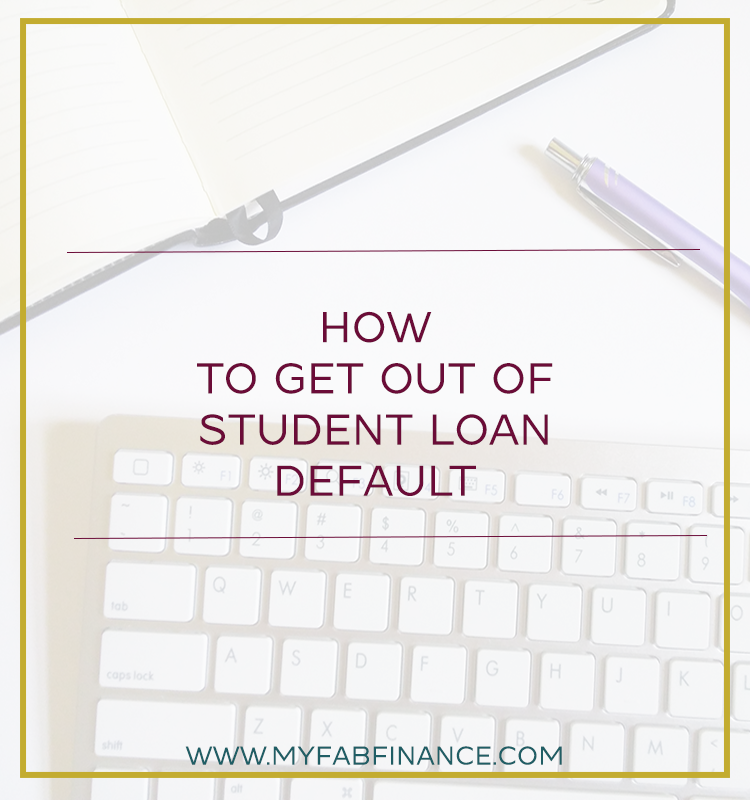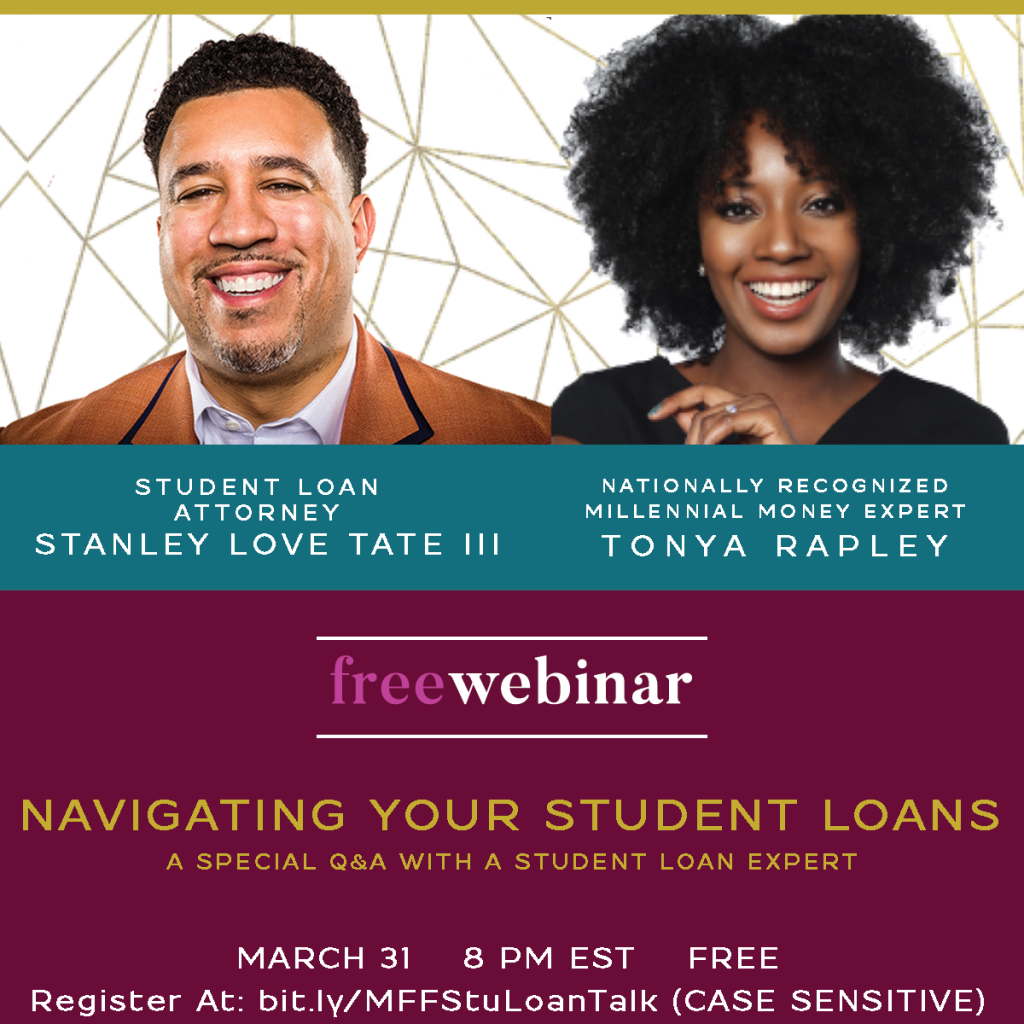Out of 40 million student loan borrowers, 7 million borrowers experience student loan default. While we are recovering from what seems to be a never-ending recession, many student loan borrowers experience difficulty in repaying their student loans. The following scenario makes many student borrowers susceptible to student loan default.
You attend college for better opportunities, to become a viable competitor in the job market. You take out student loans because with the rising cost of college, it seems like your only way to cover the costs. But then something happens. Things don’t plan out professionally the way you thought they would. Interview after interview, one low paying position after another. Despite things not panning out the way you thought they would, the student loan repayment requests continue to roll in. Despite your efforts, you’re behind on your student loan payments and after months and months of stress you receive a notification that you have defaulted on your student loans.
Here is how to get out of student loan default
There are only two options to choose from to get out of Federal student loan default: consolidation or rehabilitation.
When it comes to your federal student loan lender (or servicer, guarantor, or holder) you only have to decide whether you want to consolidate or if you want to rehabilitate your defaulted loans.
Private student loans are different. You typically won’t have a right to rehabilitate a loan you defaulted on and it is likely you won’t be able to consolidate a private loan you defaulted on because private lenders lend to people they believe are creditworthy. You aren’t exactly considered credit worthy if you’re not paying your loan in a timely manner. Since rehabilitation and consolidation likely aren’t options for private student loans, you will want to ask your lender to modify your payment terms. If it agrees, expect your modification to include your principal balance, accrued interest, and reasonable debt collection costs, as well as the outstanding balance and accrued interest fees.
What is Consolidation?
Consolidation allows you to take two or more loans and turn them into one new loan with one payment.
Who is Eligible for Consolidation?
You may request a Direct Consolidation Loan for your defaulted federal student loan, if you make satisfactory repayment arrangements OR you agree to pay your consolidation loan through an eligible income-driven-repayment plan (IDR). It is considered a satisfactory repayment arrangement when you make three consecutive, voluntary, timely, monthly payments on a defaulted loan prior to consolidation.
To consolidate you must have at least one Direct Loan or FFEL Loan. So if you only have Perkins Loans, you’re not eligible for a Direct Consolidation Loan.
Applying for consolidation
There are two ways you can apply for a Direct Consolidation Loan: online or paper. The online application wizard makes consolidation simple. It adds the loan you want to consolidate to your application, pulls your adjusted gross income for the previous tax year, and calculates your monthly payment under the various repayment plans.
If you use the online application, ensure that it includes all the loans you want consolidated. Delete or add loans as necessary.
What is Loan Rehabilitation?
Loan rehabilitation requires you make nine voluntary, timely, monthly payments over a ten month period (nine months for Perkins Loans). Your payments are considered timely if you pay within 20 days of the due date.
Who is eligible for rehabilitation?
You can only rehabilitate your defaulted federal student loan once.To rehabilitate the loan you have to reach a repayment agreement outlining the amount of your monthly payment. That payment can not be more than your finances suggest you can afford.
Applying for rehabilitation
To apply for rehabilitation contact your loan servicer (or, in some situations, the appropriate collection agency) to request rehabilitation. When you contact that party, the first question they should ask you is if you can afford to pay the balance in full. If you say no, that’s when the application process begins.
After you’ve rejected the offer to pay in full, the representative will try to calculate your monthly payment for your Direct Loan and FFEL Loan by using the income-based-repayment plan’s 15% discretionary income formula. This formula requires you to pay an amount equal to 15% of the difference between your adjusted gross income and 150% of the national poverty guidelines for your family size, divided by 12 (months in a year).
If you can’t afford that payment, object. You will then be asked to disclose your monthly income and expenses to determine your reasonable and affordable payment. Depending on your situation, the payment may be as low as $5 per month.
When you’re in default with your federal student loans, it’s easy to get overwhelmed. Remember, default isn’t the end of the world. You have options. Choose the right one for you. Of course we would love to help you avoid defaulting on your student loan. Sign up here for a FREE webinar to help you navigate your student loans.


You said: